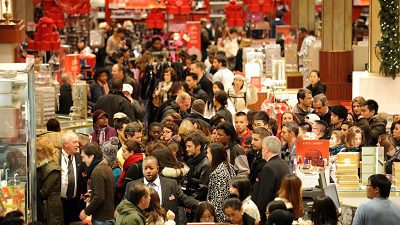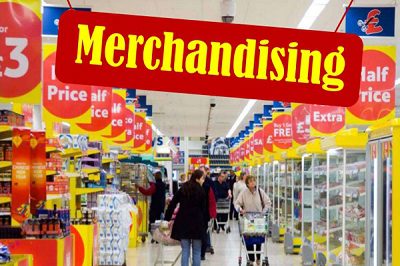A robust 61% of retailers plan to use customer-identifying technology in their stores within three years. However, there’s a lot of work to be done to turn these plans into realities: only 18% of retailers currently use this technology, and just 4% say it is implemented and working well, according to the 2018 Digital Commerce Survey from Boston Retail Partners (BRP).
Even when retailers are able to identify the customer in the store, in many cases this doesn’t occur until the point of checkout — too late for associates to personalize the shopper’s experience. This delay presents a challenge for retailers, especially since 51% of shoppers feel it is important to get a personalized experience across all digital channels.
“The new retail model requires retailers to transform their business and reinvent themselves to create a successful blend of the physical and digital worlds to maintain their customers’ loyalty,” said Jeffrey Neville, Senior VP and Practice Lead at BRP in a statement. “The speed of these changes requires organizational agility to quickly and easily react to increasing customer expectations and changing consumer behavior.”
Consistency Beats Personalization As Top Digital Experience Priority
Retailers are more concerned with creating a consistent brand experience across channels than a personalized one: 57% say consistency is their top digital customer experience priority, compared to 38% for personalization. Other top digital priorities include:
- Improving customer loyalty (38%);
- Improving user experience, e.g. better site navigation, speed and responsiveness (38%);
- Improving quality of data input and analysis (35%);
- Increasing convergence of physical and digital shopping environments (27%);
- Improving mobile shopping experience (24%); and
- Enhancing customer service (19%).
By making consistency a top goal, retailers could be sacrificing the benefits of using customer context data — such as the shopper’s profile and location, along with current environmental factors such as weather. Contextual data is vital to personalization, and it allows retailers to correctly communicate relevant messages to consumers. For customer engagement to be effective, this contextual information must be instantly available when a customer enters the brand’s web site, mobile app, or store.
Geolocation: An Underused In-Store Identification Tool
Like other in-store customer identification technologies, geolocation is used only rarely by retailers today. Only 33% have implemented geolocation technology in stores, while 4% say it is implemented and working well. Up to 43% expect to implement geolocation within three years, the report revealed.
Retailers must invest in mobile to power this geolocation technology, especially since shoppers use mobile devices in 46% of in-store shopping experiences. The continued increase in mobile as an in-store sales driver makes it surprising that improving the mobile shopping experience is a top priority for only 24% of retailers.
Mobile Functionality Remains Bare-Bones Despite Potential For Product Location, Suggestive Selling
A majority (60%) of retailers have invested in a mobile site, and 29% expect to have one within three years; 57% have a mobile app, and 36% expect to develop one within three years. However, the functionalities offered remain disturbingly basic. The top features deployed within mobile apps and sites include product information (85%), store maps (67%), customer service contacts (59%) and coupons and loyalty/rewards programs (56%).
Retailers have still only scratched the surface with mobile features:
- 29% deliver mobile offers within a store, with 4% saying it works well;
- 25% have implemented suggestive selling, with 7% saying it works well;
- 22% enable shoppers to locate products in-store with the app or web site, with 4% saying it works well; and
- 11% offer real-time event selling, such as a promotion based on a weather event, with 4% saying it works well.
Just 37% Of Retailers Track Digital’s Effect On Store Sales
While mobile continues to bridge online and in-store experiences as retailers seek to create consistency across every channel, building a seamless experience remains a challenge. Retailers must understand how one customer touch point affects and leads to another, for example by measuring the effect digital commerce has on store sales.
As many as 75% of consumers use digital tools prior to their in-store visit, the report said. Yet despite this, only 37% of retailers track online browsing and connect it to in-store transactions as a way to understand the overall effect on store sales, according to the survey. Instead, 23% estimate the percentage of store transactions that digital affects, while 21% don’t track it at all. At least 14% don’t attribute the digital influence on in-store sales at all.












